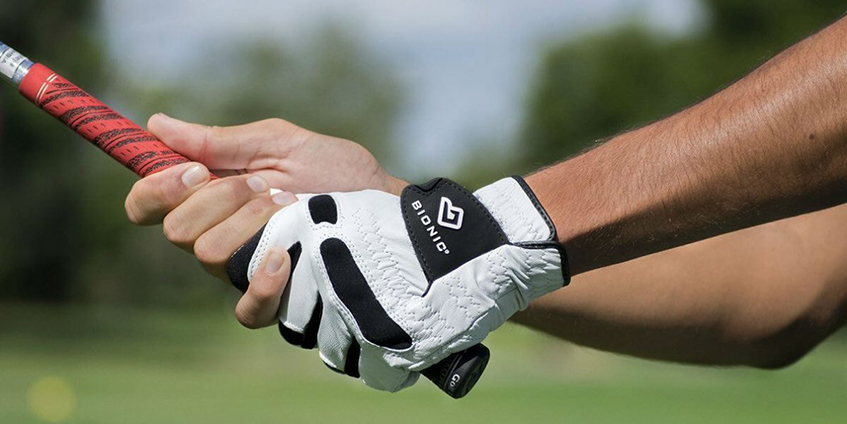What is MOI and Forgiveness in Golf Clubs?

What is MOI and Forgiveness?, image: golftec.com
Players who take up the game of golf break out into two classes. In one group are the golfers for whom the game comes naturally. The second, much larger group, are the golfers who struggle with “…a game whose aim is to hit a very small ball into an ever-smaller hole, with weapons singularly ill-designed for the purpose,” as Winston Churchill once said. These golfers are the ones who spend a lifetime trying to make the game easier.
Luckily for golfers everywhere, some of those seeking to unlock golf’s secrets take physics classes and understand the concepts being taught. One of those scientist-turned-golfers was Karsten Solheim, an engineer with General Electric who did not play his first round of golf until he was 42 years old. As he continued to play, it was not long before he became dissatisfied with the clubs he was using.
Solheim’s Revolutionary Idea
At the time (1960s), most of the weight in iron clubs was massed behind the center of the clubface, creating a tiny “sweet spot” to produce pure strikes. Any ball struck on the clubface outside of that magic dot produced dismal results caused by the club twisting on impact. Solheim began making golf clubs in his garage that distributed the weight of the iron around the edges. This “perimeter weighting” created a larger sweet spot that gave off-center hits the same distance as traditional irons.
Solheim’s creation became the foundation for PING golf clubs. PING clubs were marketed for their “forgiveness” for average golfers who did not hit the ball consistently on the sweet spot. As a group, perimeter-weighted clubs were known as “game improvement” clubs. In golf, where only a small fraction of players can match par, nearly every golfer is a candidate for player development clubs.
Perimeter-weighted irons have been on the market for half a century now and a not-so-unpredictable thing has happened. Those players for whom the game came easy – have migrated over to perimeter-weighted clubs as well. After all, even good players are looking to improve, so why not play the clubs that are the most forgiving?
MOI – A Calculation to Measure Forgiveness
As perimeter-weighted clubs have become standard in the game, manufacturers have developed clubs with varying measures of forgiveness, known as “moment of inertia” (MOI). Clubs that have a higher MOI are more giving on off-center hits with the highest allowable measurement to remain legal under the Rules of Golf being 6,000.
MOI has also become a foundation for club fitters in outfitting golfers with a matched set of clubs. The goal for all club fitters is to create a consistent feeling with every club through the bag. If every club has an identical MOI, each club will require the same amount of effort – a method that breeds consistency on the golf course.

Measuring Swing Weight, image: insidegolf.com
To accomplish this, the MOI is measured for the clubhead rotating around the axis through the center of the shaft and for the whole club around the golfer. The results are calculated as a determination of swing feel known as swing weight matching. Swing weight refers to the ratio of the weight in the grip end of the club to the rest of the club and is different than the overall weight of the club. The goal for the average golfer is to find a club that feels as light as possible. A lightweight club generates more swing speed and increased distance. Better players who generate increased swing speed naturally often opt for heavier clubs to maximize control.
What’s the bottom line? With the high prices of golf clubs these days, be educated about how MOI works in your next driver or set of irons to give you the best chance to save strokes off your game.



